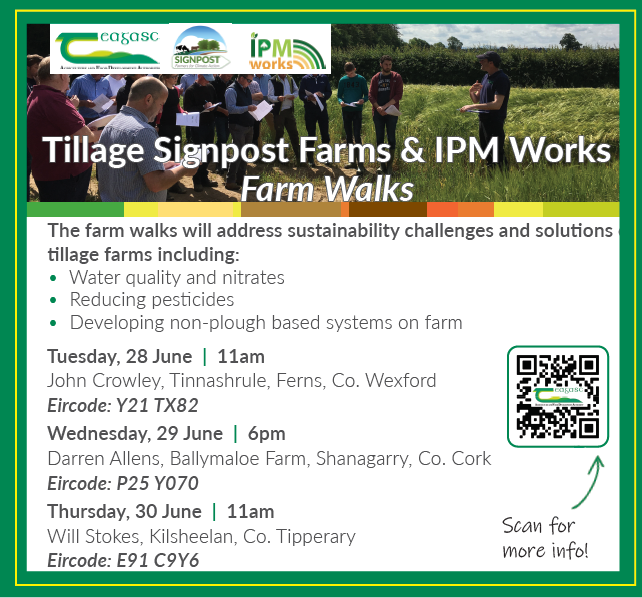
Teagasc Crop Report
Update Number 9 2022
Update Number 9 2022

To view the full report you must have an existing account with Teagasc ConnectEd.
Farmers sign in hereAlready have a ConnectEd account? Connected Client or Teagasc staff log in here
Pictures of the Moment
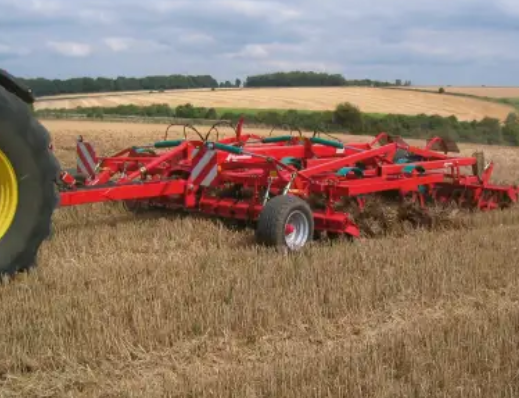
New Nitrates regulations will expect extra actions by tillage farmers from July 1 this year |
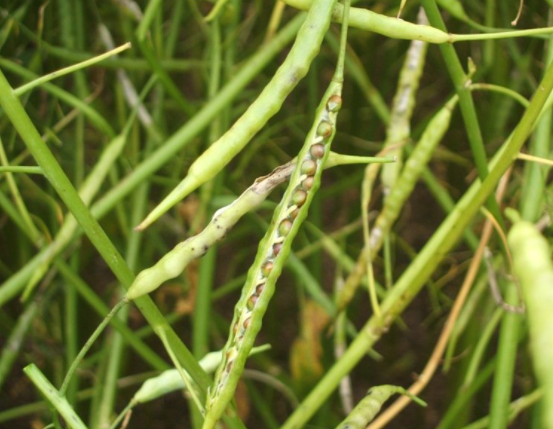
Careful examination of pods is important to correctly time the desiccation of oilseed rape |
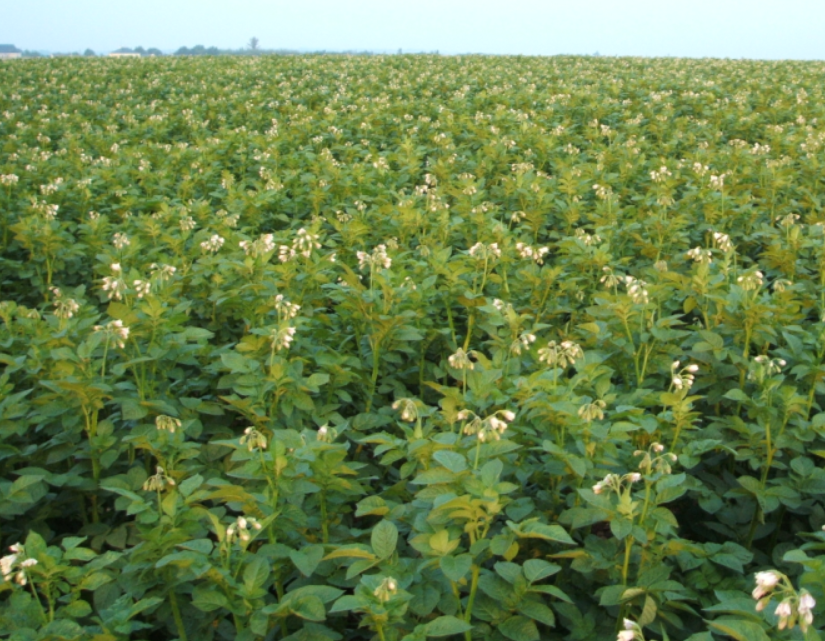
The new blight forecast system by www.met.ie will give a more accurate prediction of blight in your area |
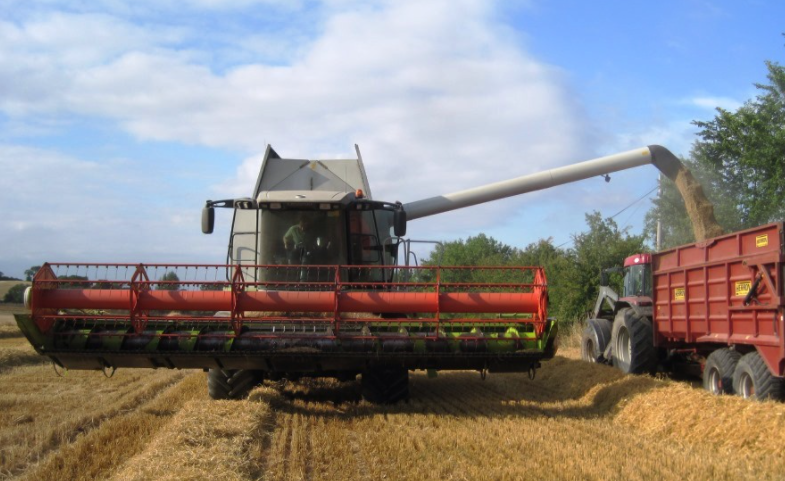
The Teagasc Harvest Estimates for Cereals 2022 estimate the total output at 2.3 million tonnes of grain, similar to 2021 |
Nitrate regulations - Green cover on Tillage Ground
The Government has recently published Ireland’s Fifth Nitrates Action Programme which contains specific measures to protect water from nutrient pollution arising from agricultural sources. One of the important changes concerning tillage farmers is green cover on tillage ground.
High nitrate levels in rivers have been recorded by the EPA in predominantly tillage areas in the South East. While there are many sources of nitrate loss to ground water, surplus nitrogen int he soil after harvest (not used by growing crop) can contribute to nitrate loading in the water. Early sown catch crops and establishment of green cover (by stubble cultivation only) can help capture some of this nitrogen which could otherwise be leached to ground water by rainfall. Essentially tillage farmers are now required to take measures to establish green cover as soon as possible post harvest to protect groundwater from nitrate pollution.
The regulation states that;
‘Shallow cultivation or sowing of a crop must take place within 7 days of baling of straw post harvest. Where straw is chopped shallow cultivation or sowing a crop must take place within 7 days of harvest. In all circumstances, shallow cultivation or sowing of a crop must take place within 14 days of harvesting. In certain weather conditions, the Minister, in discussion with the Minister for Agriculture, Food and the Marine, may advise when this should not apply’.
Further to this an additional requirement of a 6 metre buffer zone is required along water bodies for late harvested crops i.e. Potatoes, Forage Maize and late harvested spring cereal crops.
It is recognised that some uncultivated cover must be retained through the winter period to support seed-eating birds and it is expected that this information and any other amendments will be available in early July.
Note: the DAFM are actively looking at these measures to see if further clarity can be issued around the exact implementation in various tillage circumstances
Glyphosate
The pre-harvest use of glyphosate on cereal crops is restricted to weed control only. The rules for desiccation and weed control use in oilseed rape remain unaffected.
Please create an account to view hidden content
Fodder Beet
Crops harvested from late October onwards will benefit most from a fungicide application in July/August. Rust is the main disease problem of beet but cercospora and powdery mildew can occasionally cause leaf and yield loss. Responses to fungicide application are dependent on disease infection levels but consistent yield responses of 0-5 t/ha have been achieved in trials.
Please create an account to view hidden content
Winter Oilseed Rape
Winter oilseed rape looks to have good yield potential this season with high pod numbers present as crops start to ripen.
Please create an account to view hidden content
Potatoes
Crops are growing well now where moisture is available, those crops that have not been irrigated and are in dry conditions are at a high risk of common scab infection. Blight levels have been low in the last few weeks but with significantly higher rainfall forecast in the coming weeks blight pressure will increase so growers should be advised to keep timings tight. Grwoers should be aware that the new blight forecasting website fromMet Eireann is now available and will help to inform growers as to the risk of blight in their area at any time. The forecast is available on https://www.met.ie/forecasts/blight-forecast
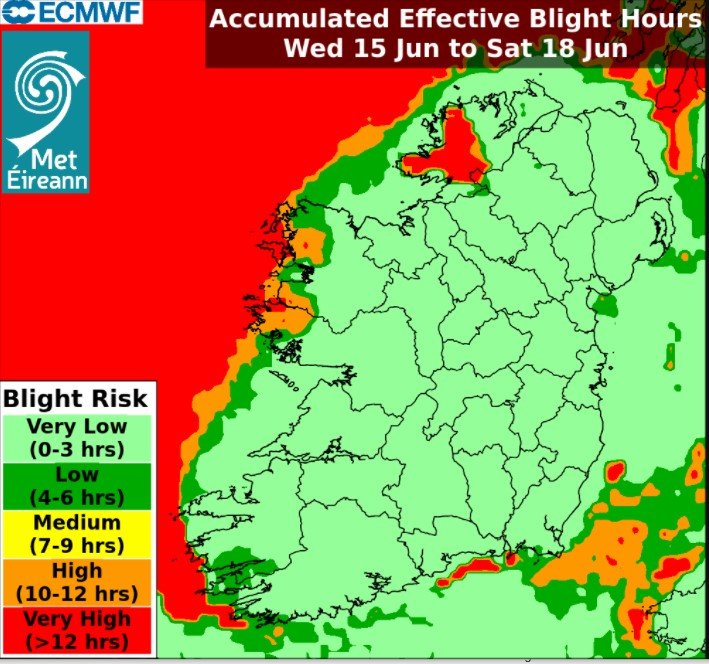
Please create an account to view hidden content
Crop Areas and Harvest Estimates
The Basic Payment application figures released by the Department of Agriculture and Marine show an overall increase of 6% in the main tillage areas compared to 2021.
See the table below for the areas in hectares for each crop in 2021 and 2022.
| Crop Type | 2021 | 2022 | Change 2022 v 2021 |
|---|---|---|---|
| Barley - Spring | 116,077.24 | 116,693.57 | 616.33 |
| Barley - Winter | 67,307.01 | 73,604.61 | 6,297.60 |
| Beans - Spring | 8,622.52 | 9,273.25 | 650.73 |
| Beans - Winter | 593.83 | 1,003.94 | 410.11 |
| Fodder Beet | 8,557.66 | 8,817.05 | 259.39 |
| Maize | 14,364.52 | 15,645.92 | 1,281.40 |
| Oats - Spring | 14,415.03 | 13,061.14 | - 1,353.89 |
| Oats - Winter | 13,877.23 | 15,040.09 | 1,162.86 |
| Oilseed Rape - Spring | 1,194.90 | 1,259.86 | 64.96 |
| Oilseed Rape - Winter | 10,023.36 | 14,514.08 | 4,490.72 |
| Peas | 484.66 | 564.15 | 79.49 |
| Potatoes - Early | 694.21 | 680.15 | - 14.06 |
| Potatoes - Maincrop | 7,976.42 | 7,593.38 | - 383.04 |
| Potatoes - Seed | 167.86 | 196.45 | 28.59 |
| Rye | 1,295.69 | 2,712.62 | 1,416.93 |
| Sugar Beet | 672.84 | 649.77 | - 23.07 |
| Triticale - Spring | 357.99 | 206.45 | - 151.54 |
| Triticale - Winter | 98.82 | 141.19 | 42.37 |
| Wheat - Spring | 6,043.56 | 6,688.55 | 644.99 |
| Wheat - Winter | 56,063.80 | 60,331.51 | 4,267.71 |
| Total | 330,910.15 | 350,699.73 | 19,788.58 |
| Total % change | 6.0% |
Note - Extracted from gov.ie - Basic Payment Scheme - Crop Areas (www.gov.ie)
The past growing season have been very favourable to all crops. Crops are full crops from hedge to hedge with no bare patches, are filling well thus have good potential. Although soils are dry, with soil moisture deficits running from 30-40 mm, the recent rain should be sufficient to fill crops to their potential.
Average yields are estimated to be above the 5 year average yields for all crops. The only exception is winter barley which has thinned out in recent weeks and is not as promising as earlier int the year. The total cereal output for 2022 is estimated to be similar to last year at a little over 2.3 million tonnes.
Please create an account to view hidden content
